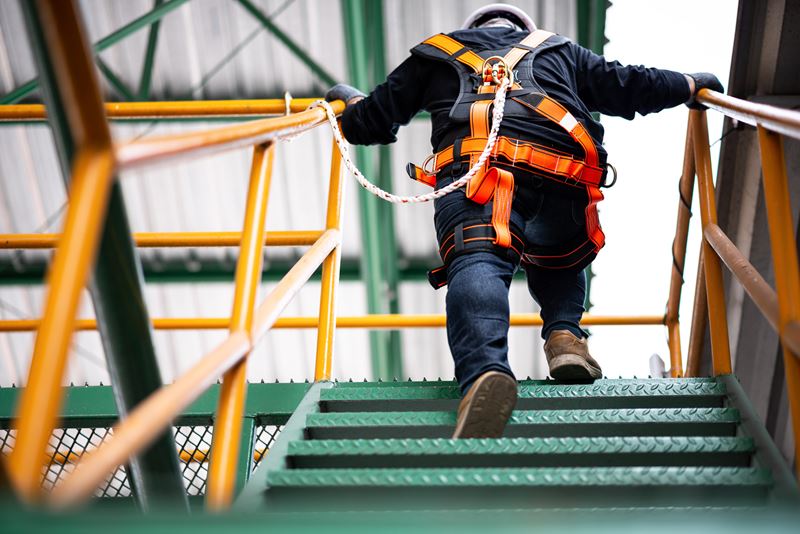Loss Trends and Emerging Risks: Property & Casualty - Manufacturing
Loss Trends and Emerging Risks: Property & Casualty - Manufacturing
From new technologies to extreme weather events, manufacturers face a dynamic and ever-evolving landscape. As part of our annual Q&A series, Ray Larkey, Senior Underwriting Specialist, Property & Casualty at Sovereign Insurance, shares his thoughts on loss trends and emerging risks in 2023, and what organizations should watch out for in 2024.
What were the loss trends/key exposures you saw in 2023?
Some of the key exposures from last year have continued throughout 2023, namely inflation and supply shortages, and their effects on increased building costs. That has presented a challenge to ensure manufacturers’ property values are updated to reflect current replacement costs of buildings, equipment, and stock.
However, what really stands out and comes to mind for most Canadians are the devastating forest fires that we all vividly witnessed across the country, with 2023 being the worst year on record for damage from a wildfire season. More alarming was that these wildfires were more widespread, impacting communities across the country, and the resulting human hardship. Climate change events are evolving, and extreme weather will continue to be a key exposure for our industry in the form of property damage from weather perils, including increased wildfires and flooding.
What are some of the emerging risks to keep an eye out for in 2024?
As newer technology is adopted by manufacturers – whether in their processes, machinery and equipment, or finished products – it can bring new exposures companies may not be aware of.
What comes to mind as an example are lithium-ion batteries, which pose a risk of fire when not handled, stored, or used properly. These batteries are increasingly used to power manufacturing machinery and equipment, as well as electronics sold worldwide. An emerging trend is that facilities are using their own battery energy storage systems to provide power during outages and to save on electricity costs.
Beyond property exposure, manufacturers must consider product liability exposures. As finished products get more high-tech, and more are sold worldwide, they can bring new exposures manufacturers may not be aware of. For example, a product defect or design flaw can result in bodily injury.
With any new technology, manufacturers will need to understand the risks. At the same time, underwriters will need to be aware of new technologies that clients have implemented, understand and measure the risks, and collaborate with their engineering colleagues to provide comprehensive insurance solutions.
How can organizations mitigate these risks?
For both organizations and insurance providers, it’s important to have a mindset that change is constant. When it comes to perils like wildfires and floods, organizations need to review their current insurance policies and ensure they’re covered. On the technology front, it will be critical to follow current guidelines, codes, and best practices relating to specific technologies.
From an insurance industry perspective, there would be benefits in integrating Canadian loss data relating to all types of climate change events, including forest fires, to help us understand, measure, and protect against the changing weather risk going forward. Similarly, as underwriters become more aware of new exposures from advancing technology, it will be important to stay up to date, provide educated responses, and continue to offer competitive solutions and services to clients.


